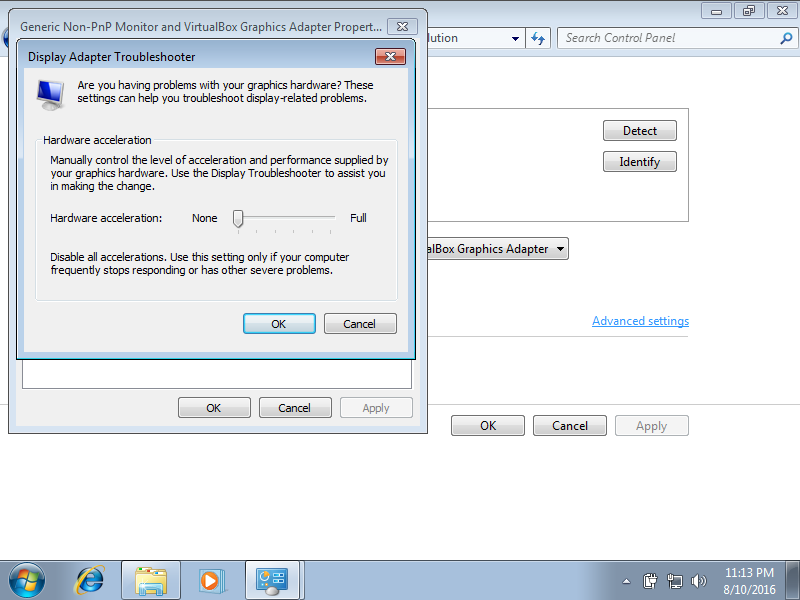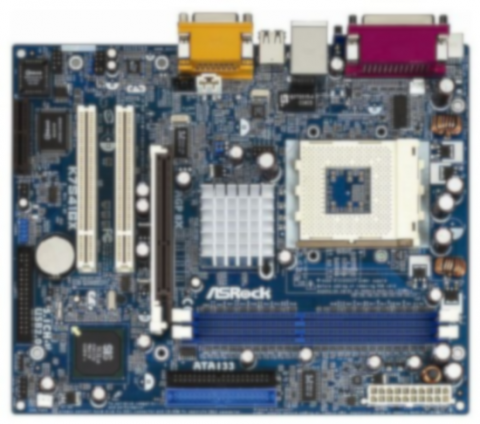- Acpi X64 Based Pc Driver Audio
- Acpi X64 Based Pc Driver Lenovo
- Acpi X64-based Pc Driver Asus
- Acpi X64 Based Pc Driver For Windows 10

ACPITOS6208 device driver for Windows 10 x64 This device is also known as: dynabook x64 ACPI-Compliant Value Added Logical and General Purpose Device, TOSHIBA x64 ACPI-Compliant Value Added Logical and General Purpose Device. UPDATE: Eee PC model 1225B has windows 8 drivers that might be compatible according to AgustinSampaolesi download the driver here. Additional information added 2016-01-05!!! Since Windows 10 has changed its activation and license procedure, it's now possible to activate a Windows 10 SEA that is constricted to the asian region.

If the driver is already installed on your system, updating (overwrite-installing) may fix various issues, add new functions, or just upgrade to the available version. Take into consideration that is not recommended to install the driver on Operating Systems other than stated ones.
In order to manually update your driver, follow the steps below (the next steps):
Acpi X64 Based Pc Driver Audio
1. Extract the .cab file to a folder of your choice
2. Go to Device Manager (right click on My Computer, choose Manage and then find Device Manager in the left panel), or right click on Start Menu for Windows 10 and select Device Manager
3. Right click on the hardware device you wish to update and choose Update Driver Software
4. Choose to select the location of the new driver manually and browse to the folder where you extracted the driver
5. If you already have the driver installed and want to update to a newer version got to 'Let me pick from a list of device drivers on my computer'
6. Click 'Have Disk'
7. Browse to the folder where you extracted the driver and click Ok
About Bluetooth Driver:
Installing the system’s Bluetooth driver will allow it to connect with various devices such as mobile phones, tablets, headsets, gaming controllers, and more. However, this wireless technology is recommended to be used for transferring data between compatible devices within short ranges.
A newer version can include support for later technology standards or add compatibility with other Bluetooth chipsets; however, bear in mind that updating the driver might not improve your system at all.
When it comes to applying the driver, the method is obvious and the steps quite easy: simply extract the compressed package (if necessary), run the setup, and follow the given instructions for a complete installation.
That being said, if you intend to apply this release, make sure the package is compatible with your system’s OS and Bluetooth chip, hit the download button, and enable this technology on your device. Moreover, don’t forget to regularly check with our website so that you don’t miss any updates.
It is highly recommended to always use the most recent driver version available.
Try to set a system restore point before installing a device driver. This will help if you installed an incorrect or mismatched driver. Problems can arise when your hardware device is too old or not supported any longer.

- COMPATIBLE WITH:
- Windows 10 64 bit
- file size:
- 309 KB
- filename:
- 20740099_bfb412a1ad55d2bed44c1ab1729656025c1b75d4.cab
- CATEGORY:
- Bluetooth
The Windows ACPI driver, Acpi.sys, is an inbox component of the Windows operating system. The responsibilities of Acpi.sys include support for power management and Plug and Play (PnP) device enumeration. On hardware platforms that have an ACPI BIOS, the HAL causes Acpi.sys to be loaded during system startup at the base of the device tree. Acpi.sys acts as the interface between the operating system and the ACPI BIOS. Acpi.sys is transparent to the other drivers in the device tree.
Other tasks performed by Acpi.sys on a particular hardware platform might include reprogramming the resources for a COM port or enabling the USB controller for system wake-up.
In this topic
Acpi X64 Based Pc Driver Lenovo
ACPI devices
The hardware platform vendor specifies a hierarchy of ACPI namespaces in the ACPI BIOS to describe the hardware topology of the platform. For more information, see ACPI Namespace Hierarchy.
For each device described in the ACPI namespace hierarchy, the Windows ACPI driver, Acpi.sys, creates either a filter device object (filter DO) or a physical device object (PDO). If the device is integrated into the system board, Acpi.sys creates a filter device object, representing an ACPI bus filter, and attaches it to the device stack immediately above the bus driver (PDO). For other devices described in the ACPI namespace but not on the system board, Acpi.sys creates the PDO. Acpi.sys provides power management and PnP features to the device stack by means of these device objects. For more information, see Device Stacks for an ACPI Device.
A device for which Acpi.sys creates a device object is called an ACPI device. The set of ACPI devices varies from one hardware platform to the next, and depends on the ACPI BIOS and the configuration of the motherboard. Note that Acpi.sys loads an ACPI bus filter only for a device that is described in the ACPI namespace and is permanently connected to the hardware platform (typically, this device is integrated into the core silicon or soldered to the system board). Not all motherboard devices have an ACPI bus filter.
All ACPI functionality is transparent to higher-level drivers. These drivers must make no assumptions about the presence or absence of an ACPI filter in any given device stack.
Acpi.sys and the ACPI BIOS support the basic functions of an ACPI device. To enhance the functionality of an ACPI device, the device vendor can supply a WDM function driver. For more information, see Operation of an ACPI Device Function Driver.
An ACPI device is specified by a definition block in the system description tables in the ACPI BIOS. A device's definition block specifies, among other things, an operation region, which is a contiguous block of device memory that is used to access device data. Only Acpi.sys modifies the data in an operation region. The device's function driver can read the data in an operation region but must not modify the data. When called, an operation region handler transfers bytes in the operation region to and from the data buffer in Acpi.sys. The combined operation of the function driver and Acpi.sys is device-specific and is defined in the ACPI BIOS by the hardware vendor. In general, the function driver and Acpi.sys access particular areas in an operation region to perform device-specific operations and retrieve information. For more information, see Supporting an Operation Region.
Acpi X64-based Pc Driver Asus
ACPI control methods
ACPI control methods are software objects that declare and define simple operations to query and configure ACPI devices. Control methods are stored in the ACPI BIOS and are encoded in a byte-code format called ACPI Machine Language (AML). The control methods for a device are loaded from the system firmware into the device's ACPI namespace in memory, and interpreted by the Windows ACPI driver, Acpi.sys.
To invoke a control method, the kernel-mode driver for an ACPI device initiates an IRP_MJ_DEVICE_CONTROL request, which is handled by Acpi.sys. For drivers loaded on ACPI-enumerated devices, Acpi.sys always implements the physical device object (PDO) in the driver stack. For more information, see Evaluating ACPI Control Methods.
ACPI specification
The Advanced Configuration and Power Interface Specification (ACPI 5.0 specification) is available from the Unified Extensible Firmware Interface Forum website.
Revision 5.0 of the ACPI specification introduces a set of features to support low-power, mobile PCs that are based on System on a Chip (SoC) integrated circuits and that implement the connected standby power model. Starting with Windows 8 and later versions, the Windows ACPI driver, Acpi.sys, supports the new features in the ACPI 5.0 specification. For more information, see Windows ACPI design guide for SoC platforms.
ACPI debugging
Acpi X64 Based Pc Driver For Windows 10
System integrators and ACPI device driver developers can use the Microsoft AMLI debugger to debug AML code. Because AML is an interpreted language, AML debugging requires special software tools.
For more information about the AMLI debugger, see ACPI Debugging.
Microsoft ACPI source language (ASL) compiler
For information about compiling ACPI Source Language (ASL) into AML, see Microsoft ASL Compiler.
Version 5.0 of the Microsoft ASL compiler supports features in the ACPI 5.0 specification.
The ASL compiler is distributed with the Windows Driver Kit (WDK).
The ASL compiler (asl.exe) is located in the ToolsarmACPIVerify, Toolsarm64ACPIVerify, Toolsx86ACPIVerify, and Toolsx64ACPIVerify directories of the installed WDK, for example, C:Program Files (x86)Windows Kits10Toolsx86ACPIVerify.

Comments are closed.